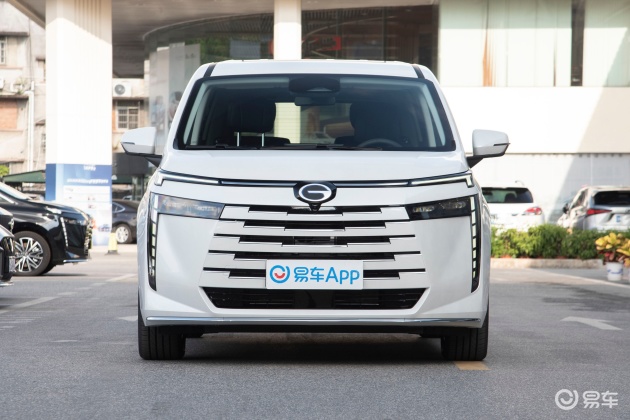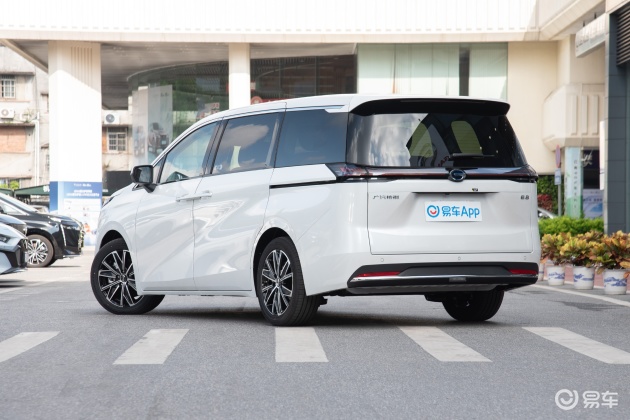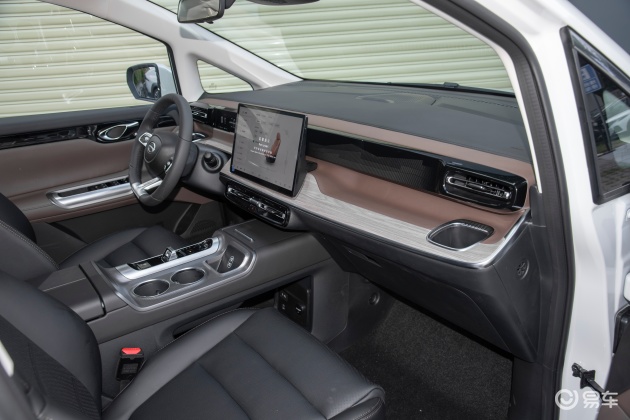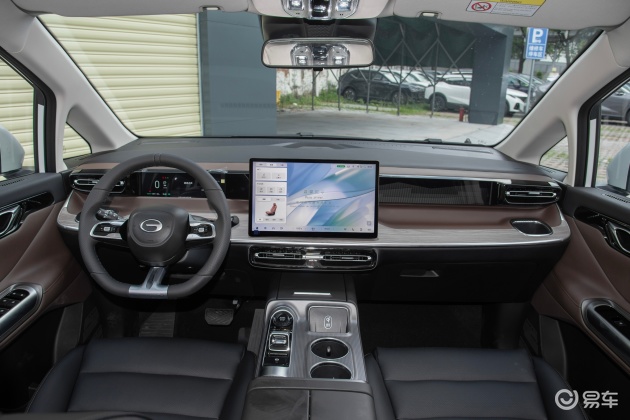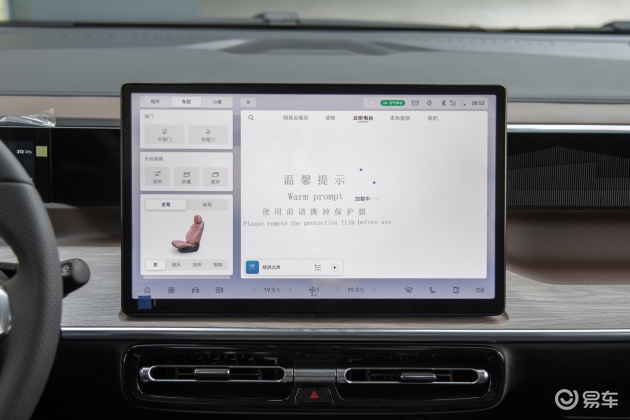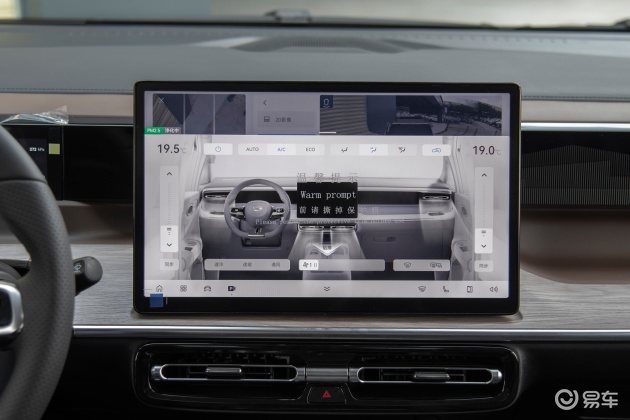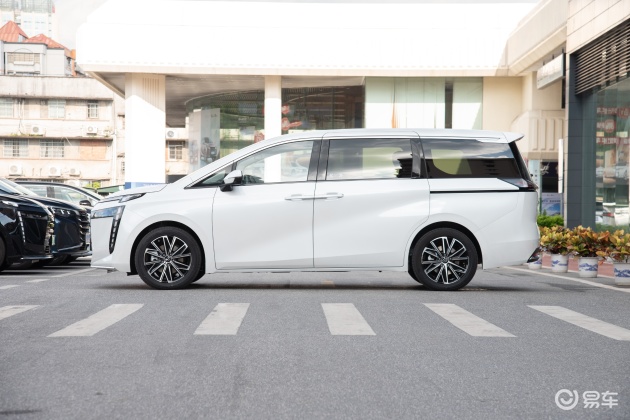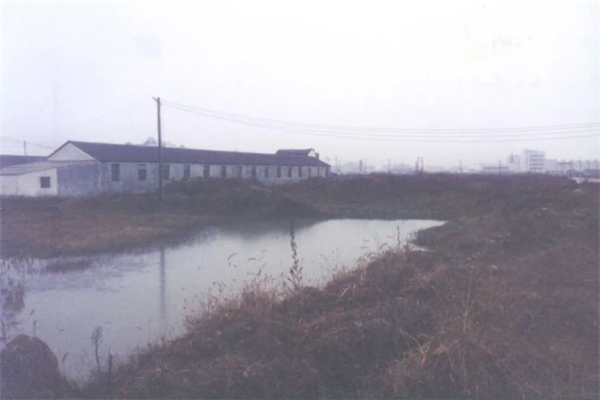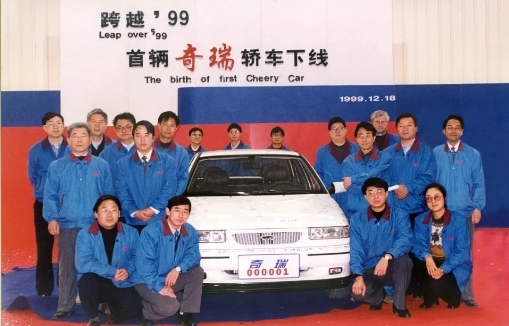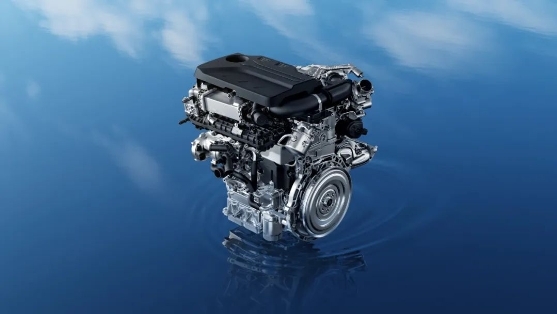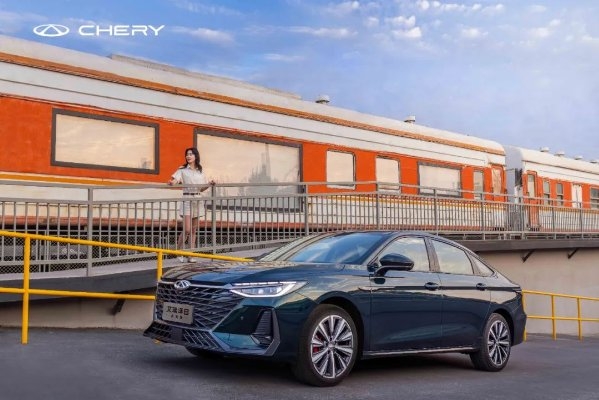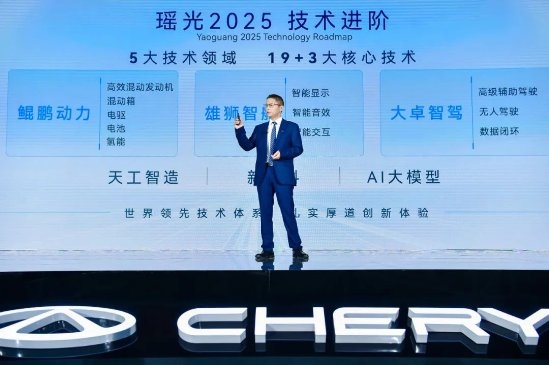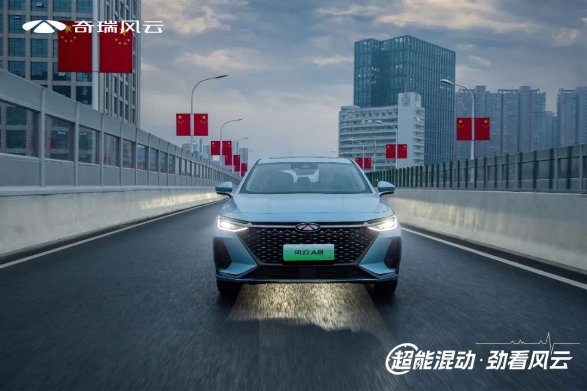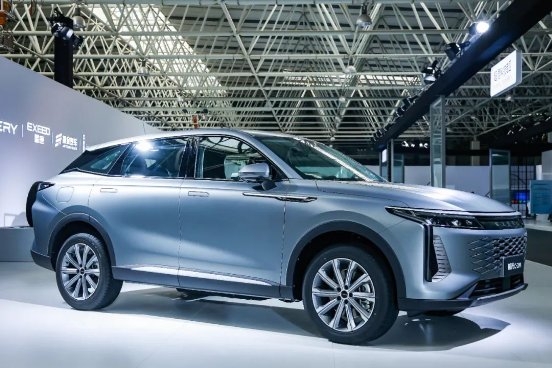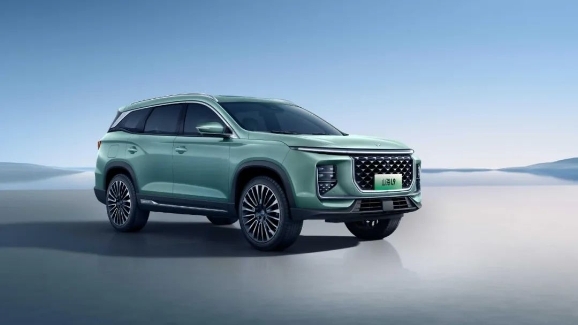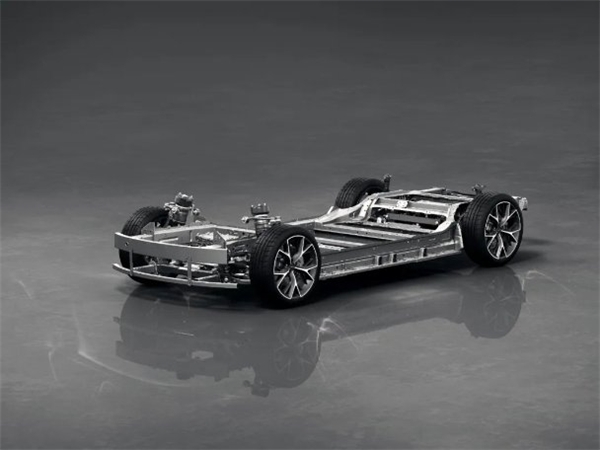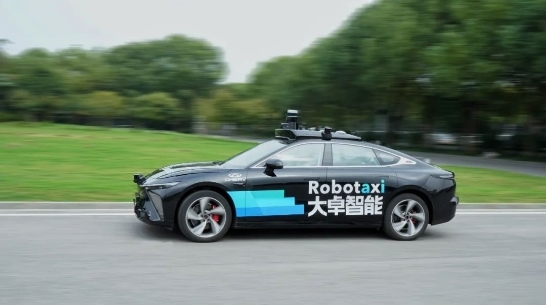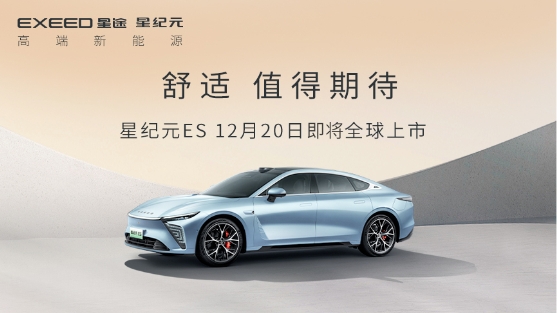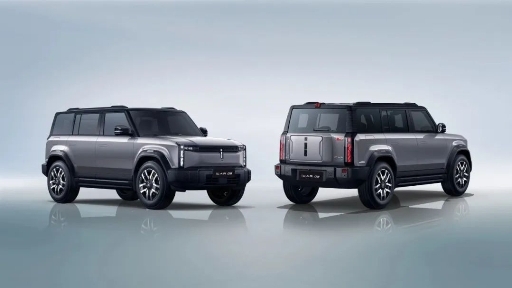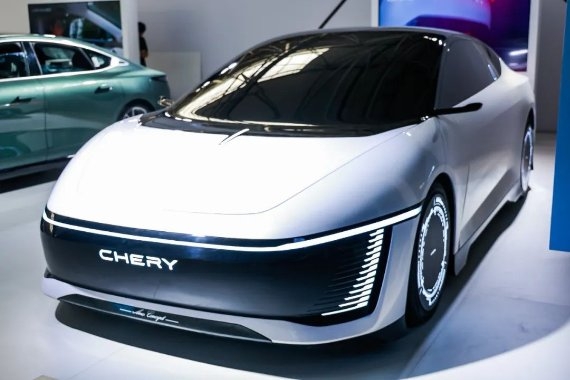Independent and controllable industrial progress in HarmonyOS.
This article will take you into the world of HarmonyOS system, from the growth of users, the smooth progress of equipment upgrade, to the active adaptation of developers and the expansion of application ecology, and comprehensively analyze the development status of HarmonyOS system.
Since the release of HarmonyOS system, the development progress is in line with expectations, the number of users has increased, the equipment has been upgraded smoothly, and developers have actively adapted to the system, and the number of applications on the shelves has increased, with good feedback from users. In order to optimize user experience and enhance application compatibility, Huawei works closely with developers, and plans to further promote application migration to HarmonyOS next year, and strengthen system and AI capabilities. The application expansion of HarmonyOS system in PC, automobile and other fields and the progress of open source version have attracted attention, which shows Huawei’s determination to comprehensively build the HarmonyOS ecosystem. Experts emphasized the key role of HarmonyOS system in promoting the development of domestic autonomous controllable technology, and looked forward to the future business model and market potential.
The latest progress and future development prospect of HarmonyOS system
Since the release of HarmonyOS system, the main concerns are its open source version, openharmony, and its internal use of Harmony OS. At present, the key monitoring indicators of the system include equipment upgrade and the number of applications adapted by developers. The data shows that a large number of devices have been upgraded, including mid-to high-end models. At the same time, about 90% of key applications have been put on the shelves, and the basic user experience is good. In addition, through user feedback, the system team can continuously improve and achieve the expected progress. In the future, HarmonyOS will continue to optimize, expand the application ecology and enhance the user experience.
HarmonyOS system APP function improvement plan
At present, the functions of the APP launched in HarmonyOS system are relatively limited, mainly for testing by developers and internal users. Basic functions such as chatting and collecting are available, but more advanced functions need to be developed. It is predicted that by the first half of next year, most mainstream applications will migrate smoothly from the old system to HarmonyOS. Complex applications such as games have a long development cycle and may be slightly delayed. Huawei is working closely with developers to accelerate the application of ecological construction.
Huawei Mate 70 system upgrade option belongs to users.
Huawei provides dual-system options on Mate 70, and users can choose between the traditional HarmonyOS system and the latest Next version. Considering the possible experience problems of the new system, Huawei respects the user’s choice and allows them to decide whether to upgrade to the Next version, which reflects the importance of user experience.
Advantages of HarmonyOS system and key factors to attract users to move to their places.
The advantages of HarmonyOS system mainly include self-controllability, providing a safe and reliable experience in the face of international blockade, and providing a unique user experience, such as seamless connection across devices and improved fluency. In addition, HarmonyOS system also strengthened the AI capability, and enhanced the intelligent experience by reconstructing the system, which attracted users’ attention and interest. These factors work together to make users willing to migrate from other systems to HarmonyOS system.
Product Test Feedback and User Portrait Analysis
Through customer test feedback, we know that the target user groups mainly include: developers who actively upgrade and experience the new version, internal employees and external users who are highly interested in technology products. These user groups are satisfied with the improvement of product fluency, but they also raise the problems of incomplete application functions and many small bugs. These feedbacks are extremely valuable for accelerating application development and capability migration, and gradually correcting the remaining problems in the process of building a new application ecosystem.
Analysis of Business Model of HarmonyOS System
The future profit modes of HarmonyOS system include: the extraction of application distribution, advertising promotion in the application market, subscription fees for cloud services and content distribution, self-owned advertising services and the sharing of payment services. These models refer to the profitability of other systems such as iOS, but HarmonyOS has much room for improvement.
Discussion on the influence and acceptance of HarmonyOS system on application manufacturers’ extraction
This paper discusses the influence of the pumping mode introduced by HarmonyOS system on the application vendors, especially the acceptance and challenges faced by the vendors when the original system that does not involve pumping is converted into pumping according to in-application payment. It is pointed out that Huawei is making adjustments with reference to Apple’s model, and giving time for application vendors to gradually adapt to the extraction policy in the new system to reduce their burden.
Discussion on Business Model of Huawei Eco-Partners
This paper discusses how the partners in Huawei ecosystem can achieve profit by increasing the number of applications and enriching the application ecology. It emphasizes the importance of promoting the development of the application market together with partners such as Softcom and Runhe, with the goal of building a mature application ecosystem and earning income from application distribution and in-app payment. It is pointed out that the application ecology is still in the initial stage, and long-term cooperation is needed to expand the number of applications through human and resource investment, laying the foundation for the realization of future business models.
Progress and future prospect of HarmonyOS OS in PC field
The development of HarmonyOS OS in PC field has shifted from B-end to C-end consumer market. At present, it is in the initial stage of commercial development, and it is expected to be released with HarmonyOS PC in the first half of next year. PC HarmonyOS system focuses on expanding business applications, while maintaining cooperation with existing mobile phone application manufacturers to reduce the development difficulty. In the face of market feedback, we will continue to optimize to meet the challenges. In Xinchuang market, HarmonyOS OS has conducted in-depth cooperation with a number of enterprises, especially in terms of customization requirements.
Progress of Open Source HarmonyOS and Industry Customization Development Strategy
At present, the open source HarmonyOS project is advancing rapidly, attracting many partners, including SoftAccommodation and others, to contribute codes, showing its extensive influence and potential in the industry. Huawei provides customized solutions for developers in various industries, emphasizing that the positioning of open source HarmonyOS is to serve specific industries, meet the needs of different industries through customized systems, and pay special attention to the B-end big customer market. Although customized development increases the complexity of the project, it also opens up new application fields and market space for HarmonyOS, especially for non-consumer special equipment. Industry customers show strong interest in customized development based on HarmonyOS system, which shows the policy guidance and market potential in this direction.
HarmonyOS Operating System and Industry Scale Expectation
HarmonyOS operating system, especially Huawei’s own parts, and its expectation of industrial scale are discussed. The goal of reaching a specific terminal level or mobile phone level in the next three to five years is put forward, and the importance of HarmonyOS operating system to attract developers and users and create value is emphasized. It is estimated that by 2026, enough users can be ensured to migrate to the single-frame HarmonyOS system, so that the benefits at the system level can reach the order of 50 billion to 100 billion. In addition, considering the influence of HarmonyOS system on neighboring partners and developers, this figure may be several times the system revenue. Finally, it is pointed out that the realization of the user level of HarmonyOS system depends on the user experience and future development of the system.
Main Layout and Iterative Direction of Huawei HarmonyOS System in the Future
Huawei’s subsequent iteration and layout of HarmonyOS system focus on ecological construction and AI experience improvement. In the next three to five years, the main resources will be invested to expand the application ecology, with the goal of establishing a complete application ecology comparable to the existing system. At the same time, pay attention to the development of AIOS, especially in the competition in the field of AI terminals, and develop unique AI experience and super intelligent assistants to enhance the use experience of mobile phone users.
How to treat the competition of domestic HarmonyOS system in PC market?
The discussion focuses on the positioning and competitive situation of domestic HarmonyOS system in PC market. The speaker thinks that although there are domestic independent and controllable PC system manufacturers, such as Kirin Software, HarmonyOS’s main competitors in the consumer market are traditional brands such as Hewlett-Packard, Dell and Apple. They believe that HarmonyOS system is more likely to have an advantage when competing with traditional brands, rather than directly competing with domestic autonomous controllable systems.
Question and answer review
Could you please update the progress of the whole industry since the release of HarmonyOS? How about the upgrade of HarmonyOS system?
Ok, we are mainly concerned with the open source HarmonyOS Open and the internal single-frame US nex (commercial version of HarmonyOS). At present, the two key indicators mainly tracked are the number of users, that is, the upgrading of existing equipment, including the loading of mid-to high-end models such as Charm 70, and the number of applications adapted by developers to HarmonyOS system. In terms of head applications and key usage time applications, the progress is optimistic, and nearly 200 head applications have been developed and put on the shelves. In addition, 90% of the high-frequency and high-demand applications have been put on the shelves, and the basic experience has basically reached the standard. Since the official opening at the end of October, users have a high enthusiasm for early adopters, and the goal is to collect experiences and questions from tens of millions of users. At present, it seems that the progress is in line with expectations. Not only new users are willing to adopt early adopters, but also users on Q2 are involved.
Are the functions of some apps launched in HarmonyOS limited, and do they need time to improve?
Indeed, due to the commercialization at the end of October, some APP functions are relatively basic, and more advanced functions are still under development. Especially, the development of game applications is relatively slow because of its large development capacity. However, it is expected that from the end of this year to the first half of next year, most head applications will be able to migrate their basic capabilities from the old version of iOS, Android or HarmonyOS to the new version of HarmonyOS. Game applications may take longer.
Mate 70 is equipped with HarmonyOS system when it is put on the shelves. Can users choose dual systems?
Yes, on Mate 70, users can choose to continue using the traditional HarmonyOS version or upgrade to the latest next version, and the decision-making power lies with the users. Even though there may be imperfections in the initial stage of system release, users still have the right to decide whether to upgrade.
What are the obvious advantages of the global HarmonyOS system compared with the original HarmonyOS system or Android system to attract users to migrate?
The main driving force of users’ migration lies in the current complicated international environment. They hope to support autonomous and controllable technologies by using the HarmonyOS system, and get an independent choice in the face of blockade or sanctions. Not simply because HarmonyOS system itself is better than other systems.
What are the unique features in the next version of HarmonyOS?
Next version will realize seamless cross-device experience, such as one plus eight plus N series devices, and in the future, multiple devices including HarmonyOS version PC, pad and mobile phone will have a unified underlying system and continuous user experience. In addition, this version reduces redundant codes by reconstructing the system, thus improving the experience and fluency, and the endurance of some models has also been improved.
What are the highlights of the next version in terms of AI capabilities?
The next version focuses on improving the AI capabilities, especially the reconstructed Harmony Intelligence of Harmony OS benchmark Apple’s ecosystem capabilities, which can better empower system experience and application development, so that users can feel smarter little One and more powerful big model support.
What are the user groups that perform well in customer feedback and the problems they encounter?
At present, most of the feedback comes from C-end users, including developers, internal users and geek users who are interested in technology. Their feedback experience is smoother, and the switching and messaging of applications such as WeChat are smoother. However, at the same time, some applications have not been fully adapted to the HarmonyOS system, resulting in insufficient application capabilities, as well as small bugs and application jams that may occur during the ecological construction of the new system.
What do you think of HarmonyOS’s business model and its future profitability?
HarmonyOS’s business model is similar to Apple’s, and it collects revenue through system services, such as application distribution income and advertising promotion income in the application market. At the same time, in the future, we will explore a new model of application distribution based on cloud services, such as providing services similar to applets, and collecting corresponding shares by booking movie tickets, booking hotels and other services. At present, compared with Apple, HarmonyOS’s revenue from Internet services still has much room for improvement.
What is the acceptance of the pumping mode by application vendors now?
This is a key issue. At present, in HarmonyOS system, application distribution and part of in-app payment do not adopt the drawing mode, while Huawei only charges a small proportion of the payment flow tax. In the future, you may refer to the Apple model for in-app payment. Although we are communicating with developers and emphasizing the changing background and the incremental experience benefits brought to users and developers, this adjustment does face great resistance.
What is the specific strategy for the application of in-house payment in Huawei’s new system?
At present, the strategy is that all in-app payments will not be layered until the system is mature. When the number of users reaches a certain scale, it will be stratified according to the in-app payment. This is based on the consensus after communicating with the head apps of major industries, and believes that the direction is correct, but it can be gradually promoted.
Can eco-partners seek opportunities for business models to make money from Huawei’s new markets?
Partners such as Softcom Runhe and other companies have great room for cooperation in the development and contribution of Huawei systems. In the next three to five years, with the gradual maturity of Huawei’s application ecosystem and the increase in the number of applications from less than 20,000 to 300,000 to 400,000, partners will jointly expand the application ecosystem by investing manpower and assisting in the migration of apps to new systems, so as to realize commercial value.
What is the development progress and future prospect of PC HarmonyOS?
At present, PC HarmonyOS mainly faces the B-end market, such as government departments and state-owned enterprises, and is committed to developing customized system versions to meet its unique needs. The promotion of C-end consumer market is not clear, but it is foreseeable that with the success of HarmonyOS OS in mobile phones and other smart devices, PC HarmonyOS may gradually expand to a wider consumer market in the future.
Will HarmonyOS launch a commercial version for ordinary consumers in the future, and what is the current progress?
HarmonyOS system is indeed being used by developers for the initial market. It is expected that relevant versions will be released by the end of this year, and new products equipped with HarmonyOS PC may be released in the first half of next year. At present, one of the challenges is to choose HarmonyOS version system. For PC, a key indicator of its maturity is the richness of application ecology, especially the migration and development of office applications.
What are the expectations and progress of HarmonyOS PC in entering the Xinchuang market?
In terms of innovation market, HarmonyOS has deep cooperation, and has achieved the annual target, especially in cooperation with typical local enterprises and sensitive enterprises, which has a large space to meet the customization needs. It is expected that as long as the head productivity and office ability are built, cooperation will be very smooth.
What is the current situation of open source HarmonyOS? What is its positioning and possible business model?
Open source HarmonyOS mainly provides customized solutions for industry developers, and partners such as Huawei and SoftAccommodation will contribute code. Mobile HarmonyOS versions such as Kuanghong and Yihong are mainly used for the customization needs of big B-end customers in the industry, not the consumer market. This customized development helps to expand the market, but there is also the problem of customization of each version, which involves restrictions on privacy, copyright and data security.
Is there a corresponding plan for the overall scale of HarmonyOS’s industry?
The focus on HarmonyOS’s industrial scale is mainly on Huawei’s own HarmonyOS OS max, rather than opening up HarmonyOS. It is estimated that in the next three to five years, HarmonyOS’s own HarmonyOS is expected to reach a certain terminal level or mobile phone level, so as to ensure that a large number of mobile phone active users who have migrated can create value for developers and ecology. The goal is to keep the business data of single-frame HarmonyOS between 100 million and 200 million around 2026, and it is expected to reach the order of 400 million users again in the next few years. From a system perspective, this will bring considerable income to Huawei.
What do you expect the scale of Huawei HarmonyOS system to be when it reaches the expected user level in 2028 or 2029?
It is estimated that the scale of related industries may be about ten times that of 50 billion to 100 billion by 2028 or 2029, but it depends on whether the user development level of Huawei HarmonyOS system can reach the future level of 4G to 5G, and also depends on the performance of the system experience package and the user growth.
What do you think of the possible large version iteration or new layout of Huawei HarmonyOS in the future?
Huawei HarmonyOS’s strategy in version iteration is based on the fact that users are basically available at the current stage. In the next three to five years, it will focus on the ecological construction, especially the increase in the number of application ecosystems. It is planned to migrate more applications to the HarmonyOS ecosystem in 25 years or even earlier to build a complete application ecosystem comparable to iOS.
Besides the application of ecology, what are the core layout directions of Huawei HarmonyOS?
In addition to the application ecology, another core layout is to create unique advantages based on HarmonyOS OS. In the future AI competition, especially in the field of AI mobile phones, we will develop AI experiences with unique advantages, such as creating super intelligent assistants and super AI mobile phones, which is the key investment point in the next three years.
In the field of PC HarmonyOS, how do you view the competition with other domestic manufacturers such as Kirin Software?
In the consumer PC market, Huawei HarmonyOS mainly pays attention to the competition with traditional international manufacturers such as Hewlett-Packard, Dell and Apple, rather than paying too much attention to the competition space of domestic self-controlled PC systems, believing that the latter has limited competition with PCs equipped with HarmonyOS system in the consumer market.
Author: Thinking Summary No.,WeChat official account: Thinking Summary Society.
This article was published by @ Thinking Minute. Everyone is a product manager. Reprinting is prohibited without the permission of the author.
The title map comes from Unsplash and is based on CC0 protocol.
This article only represents the author himself, and everyone is a product manager. The platform only provides information storage space services.
